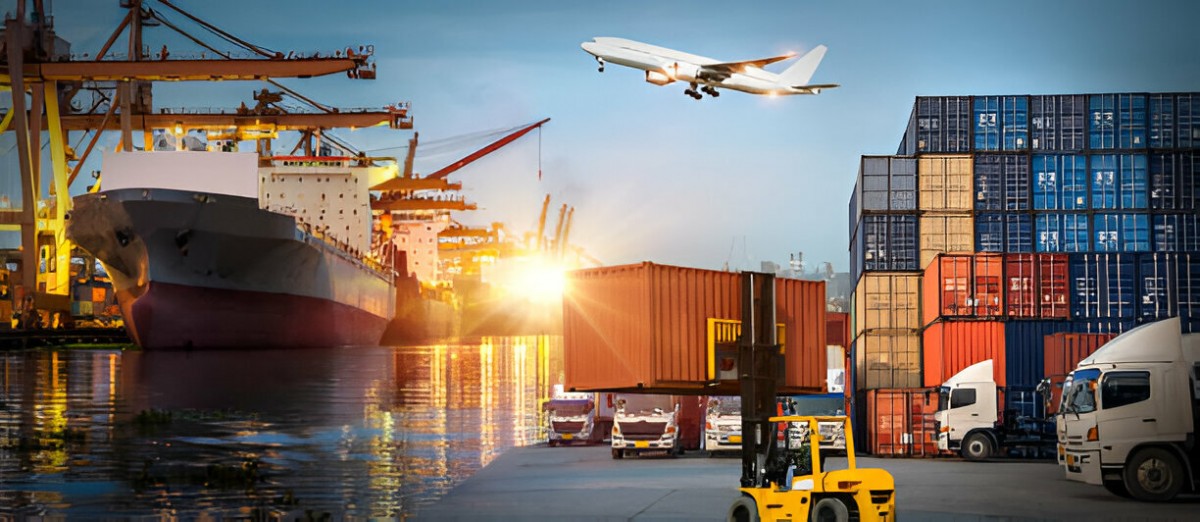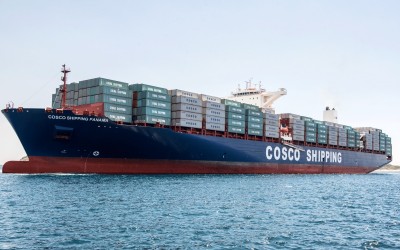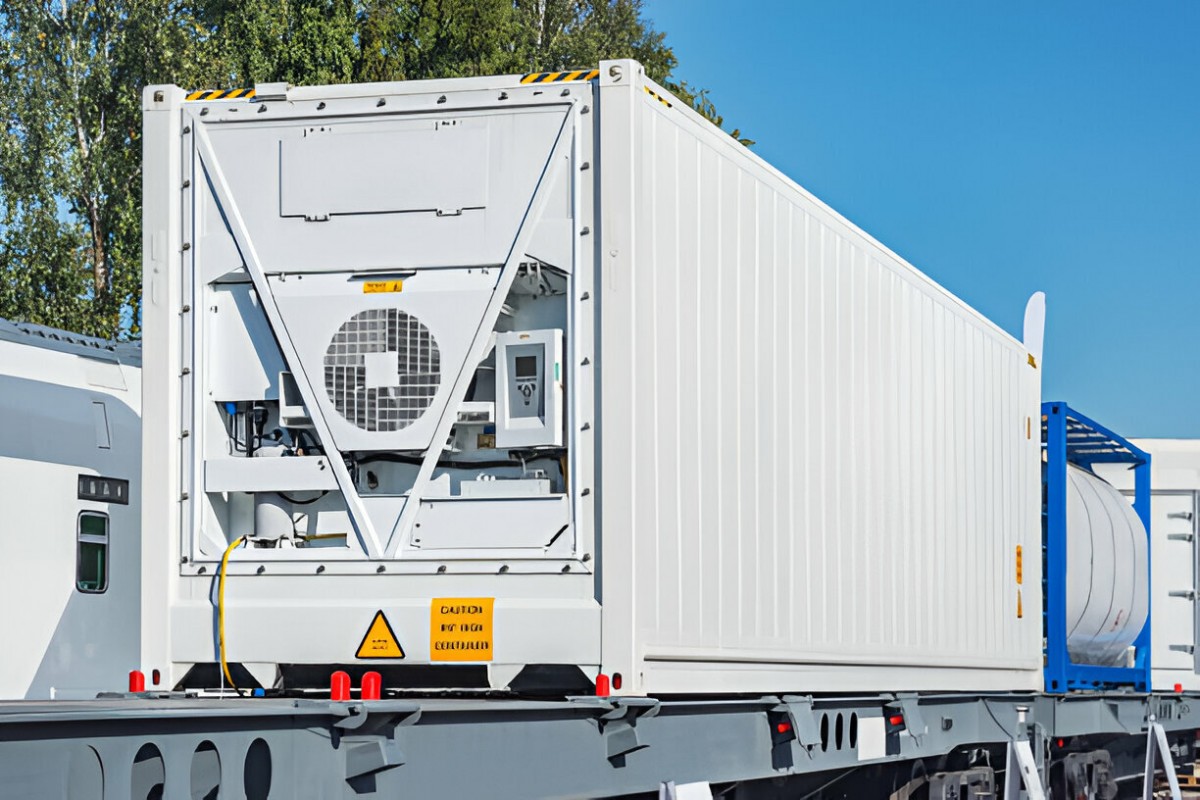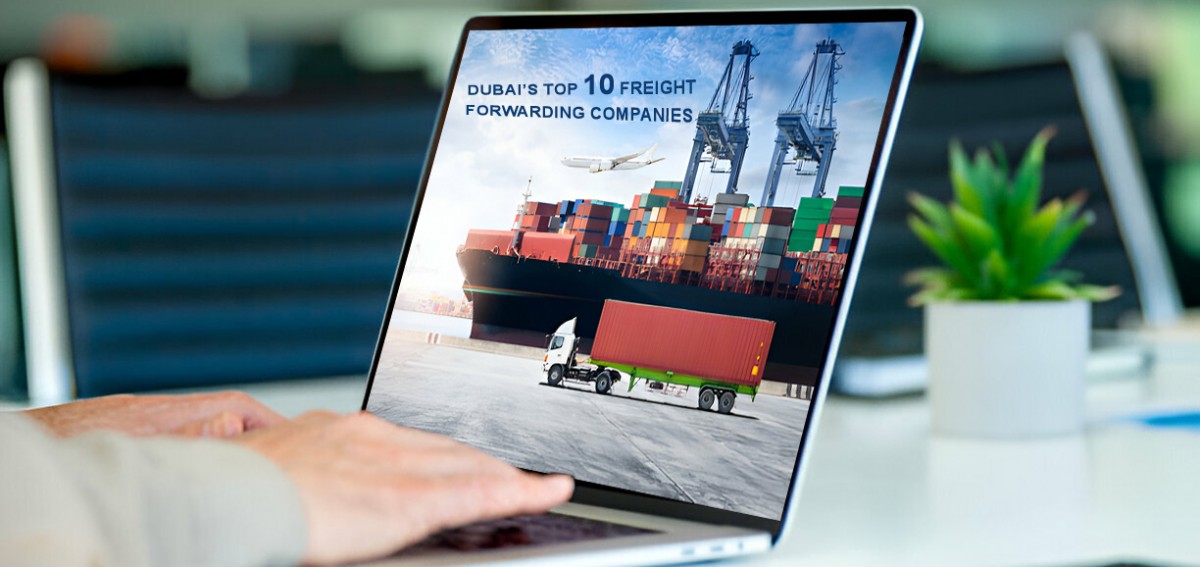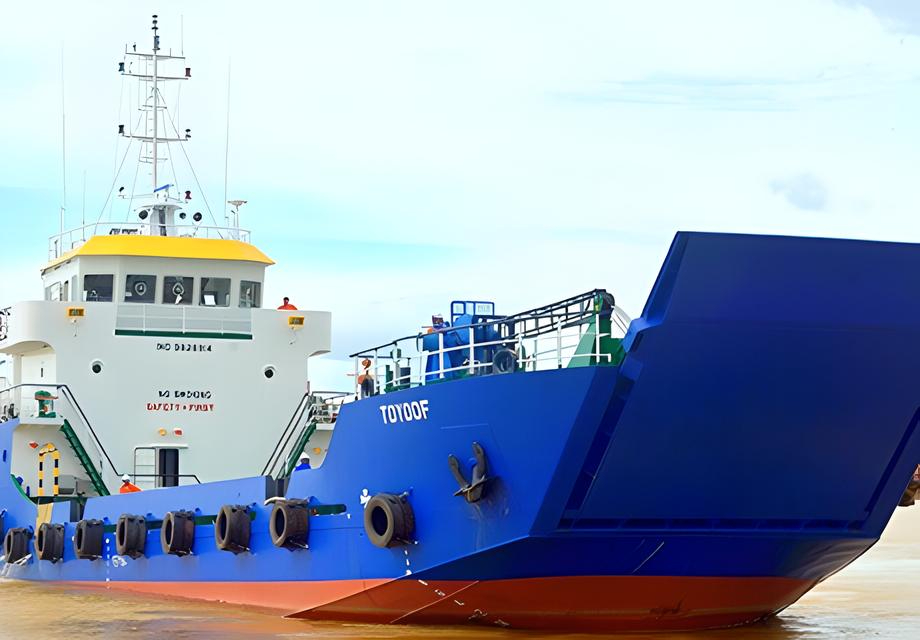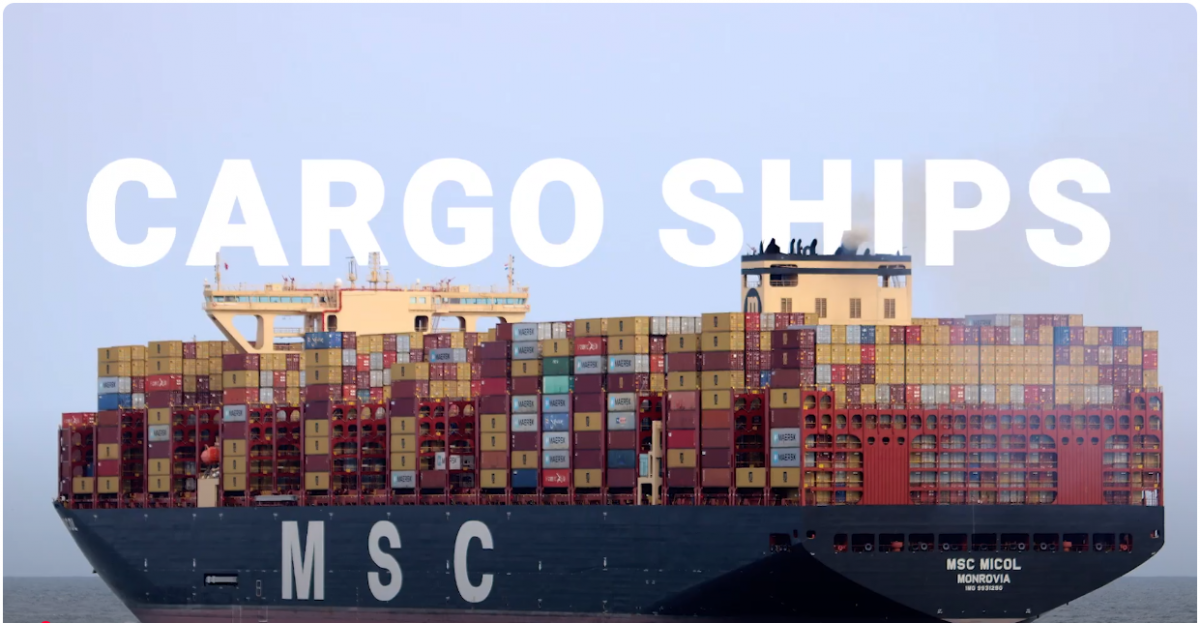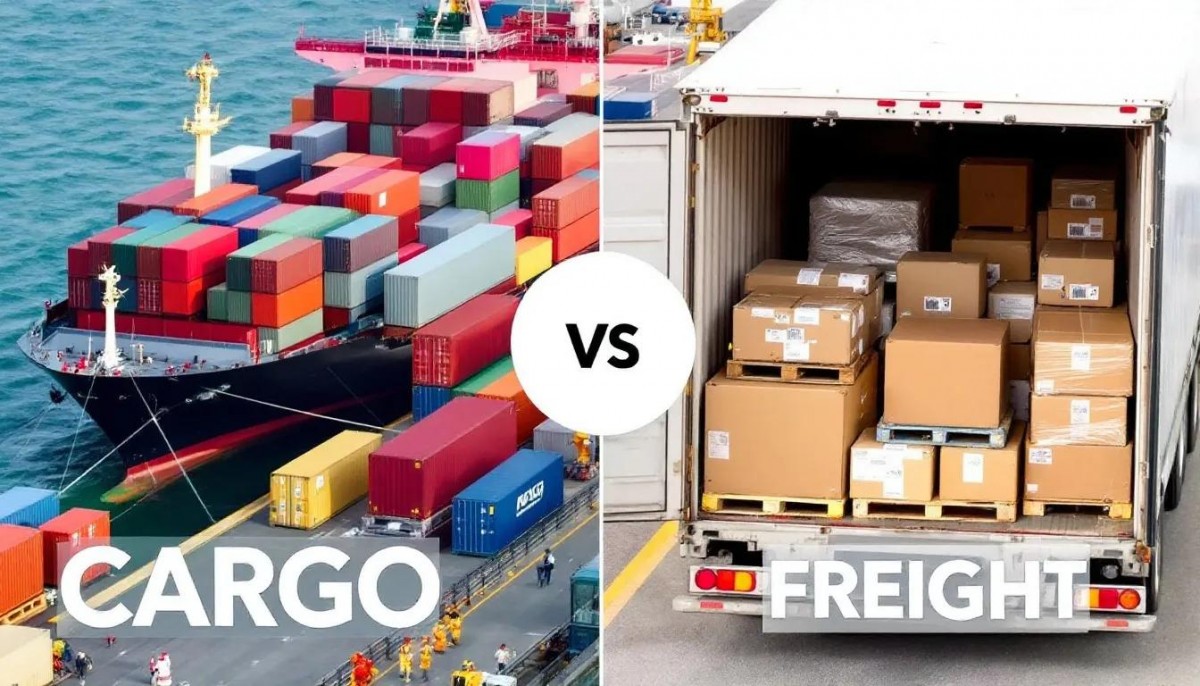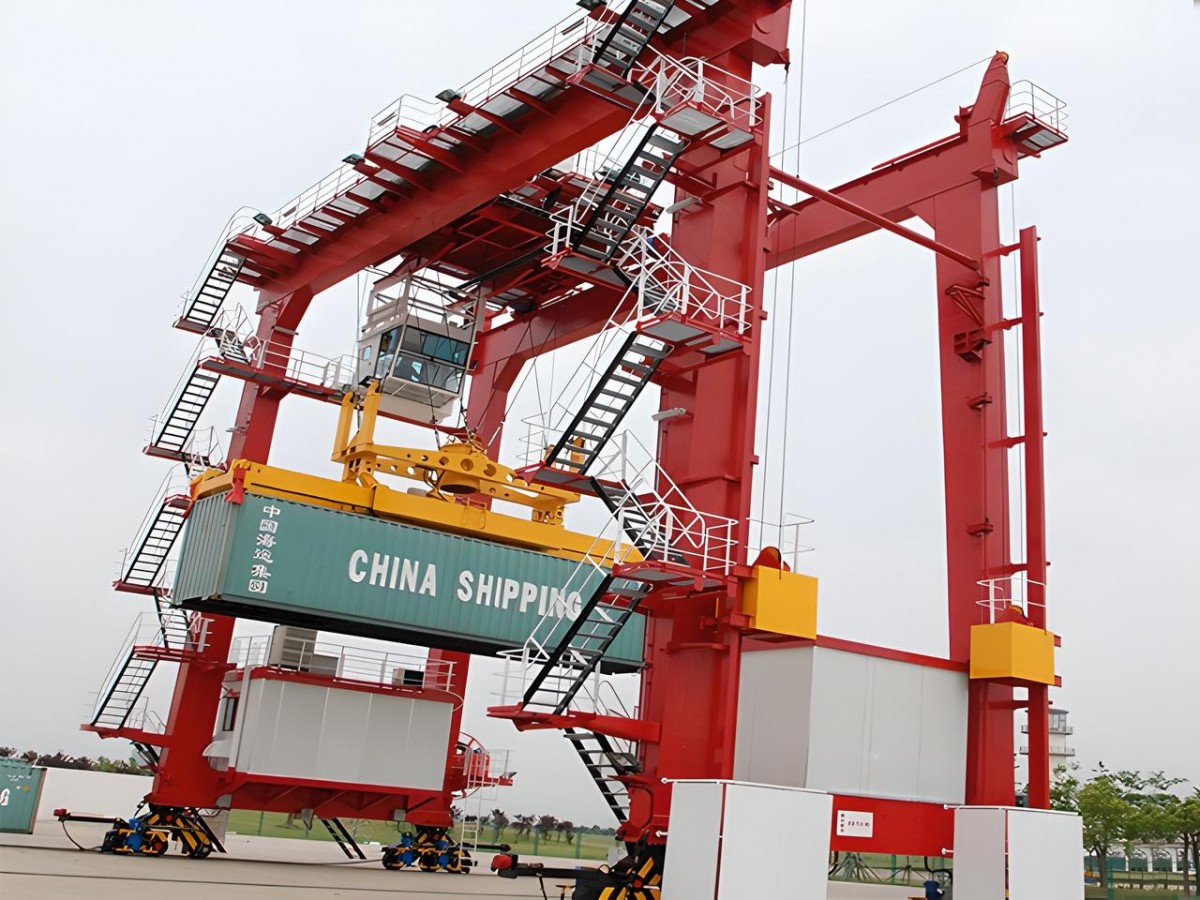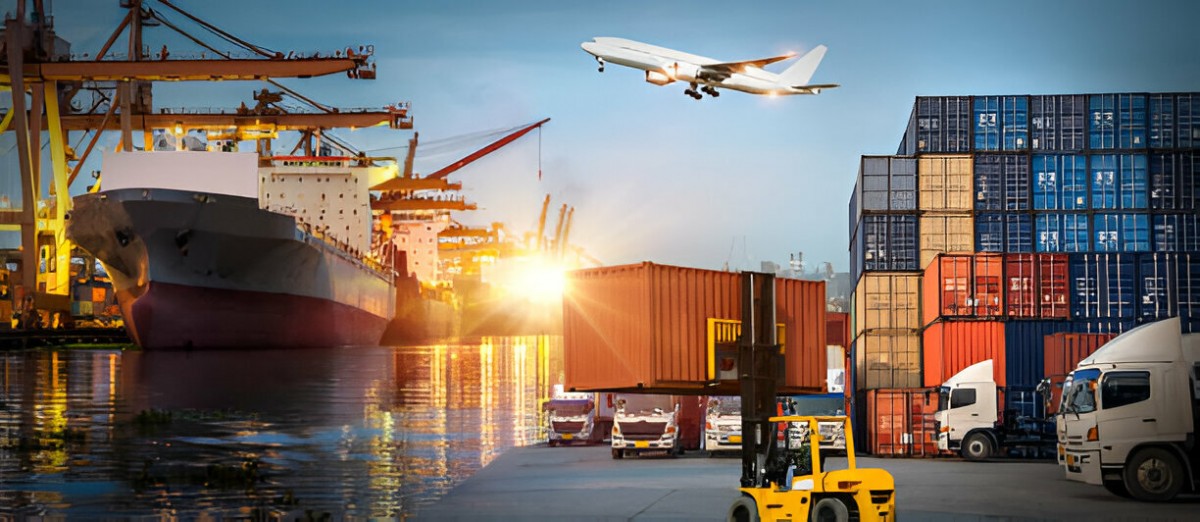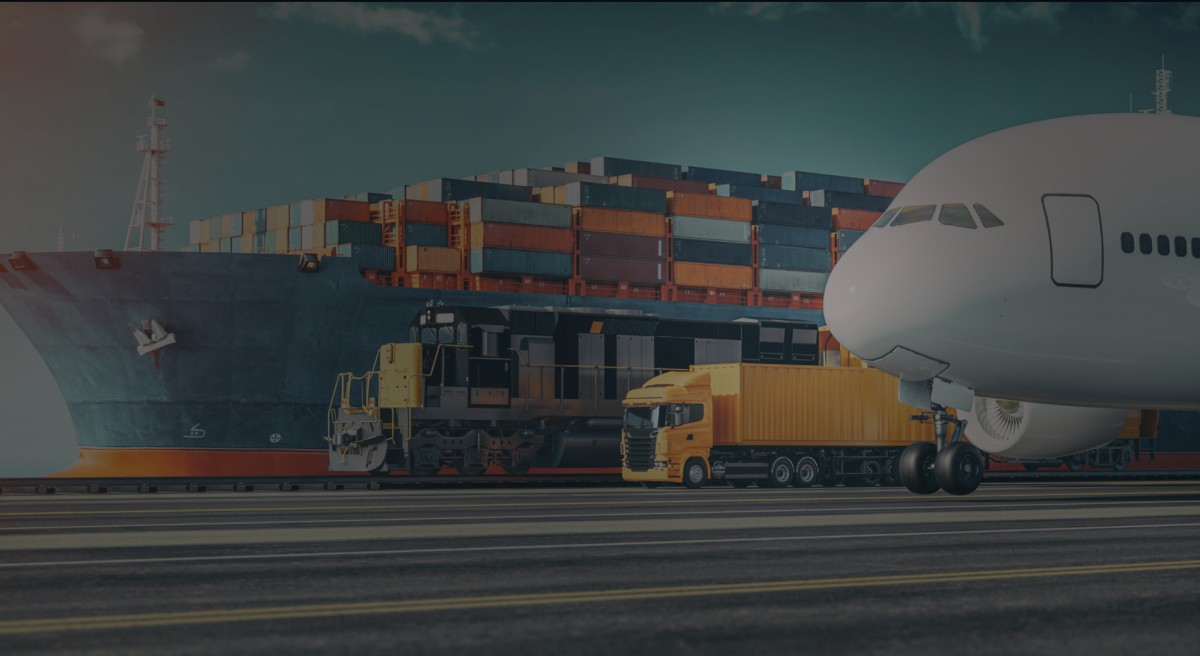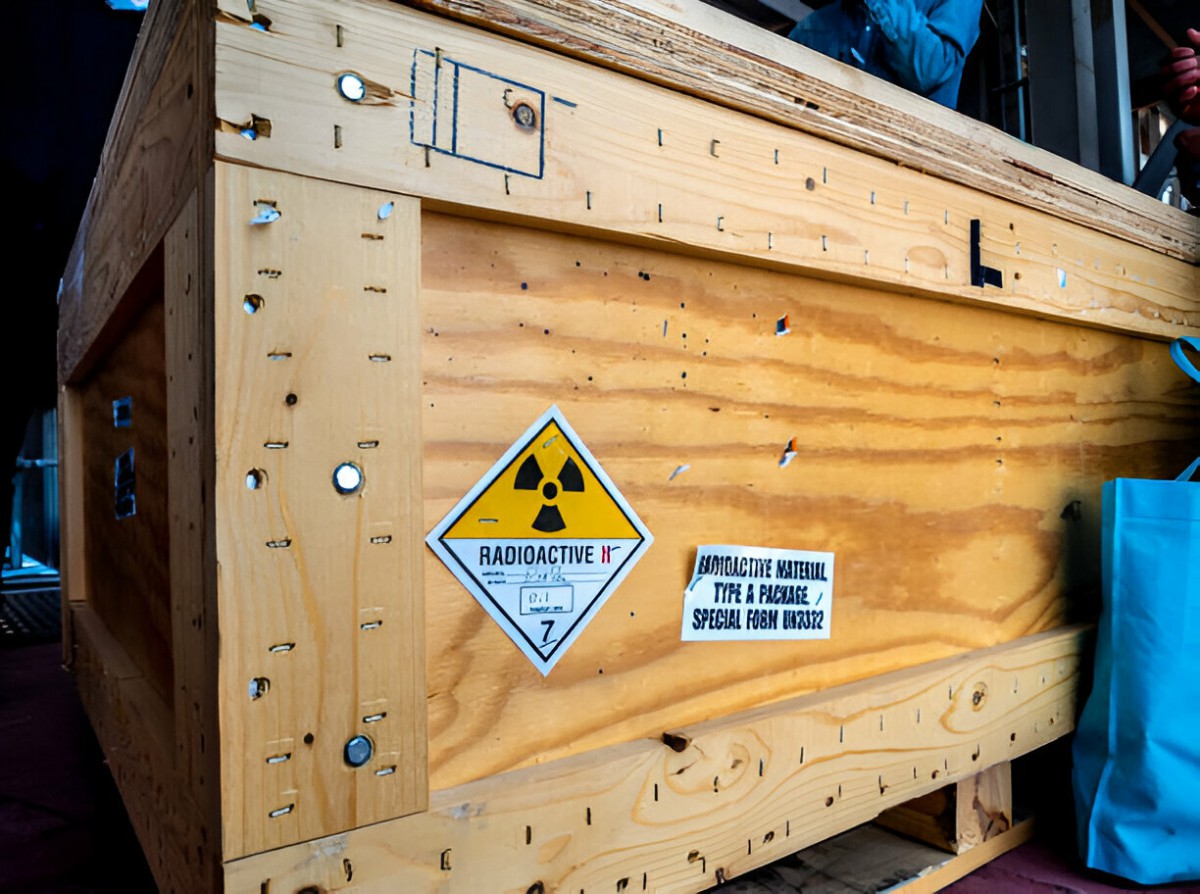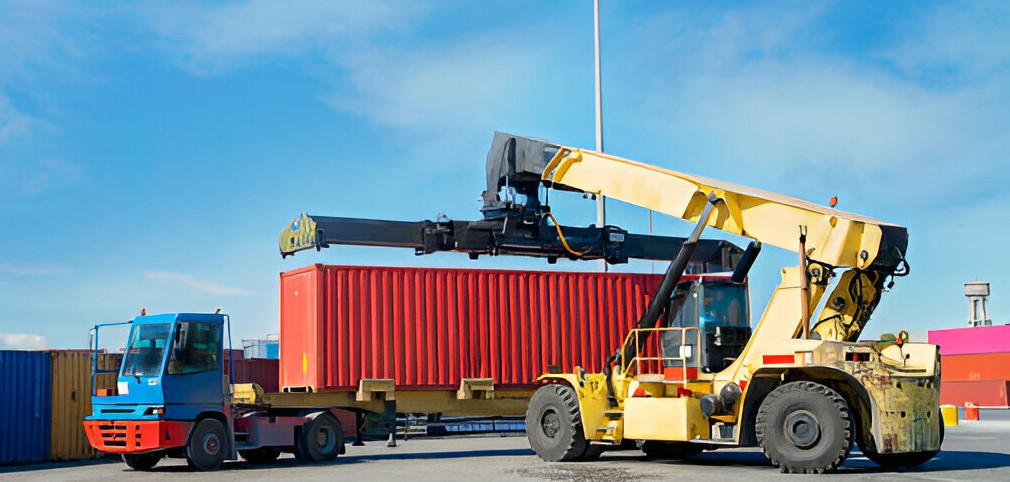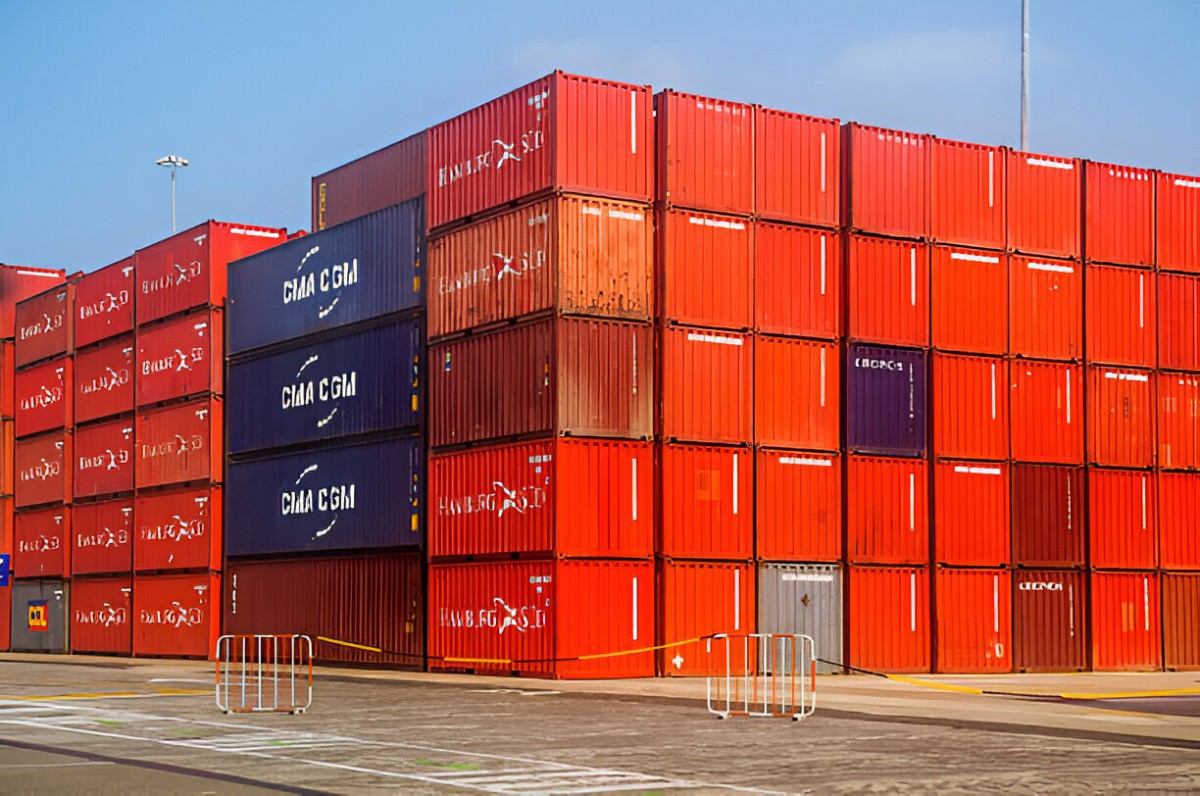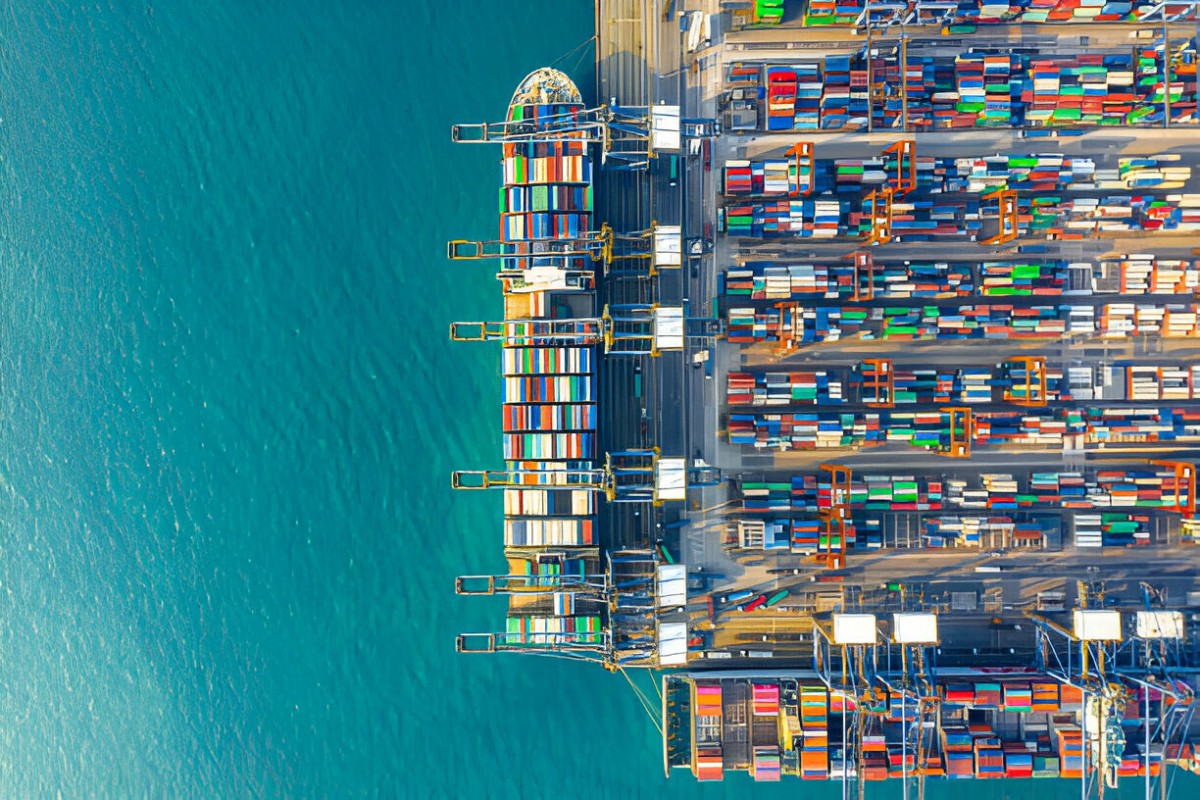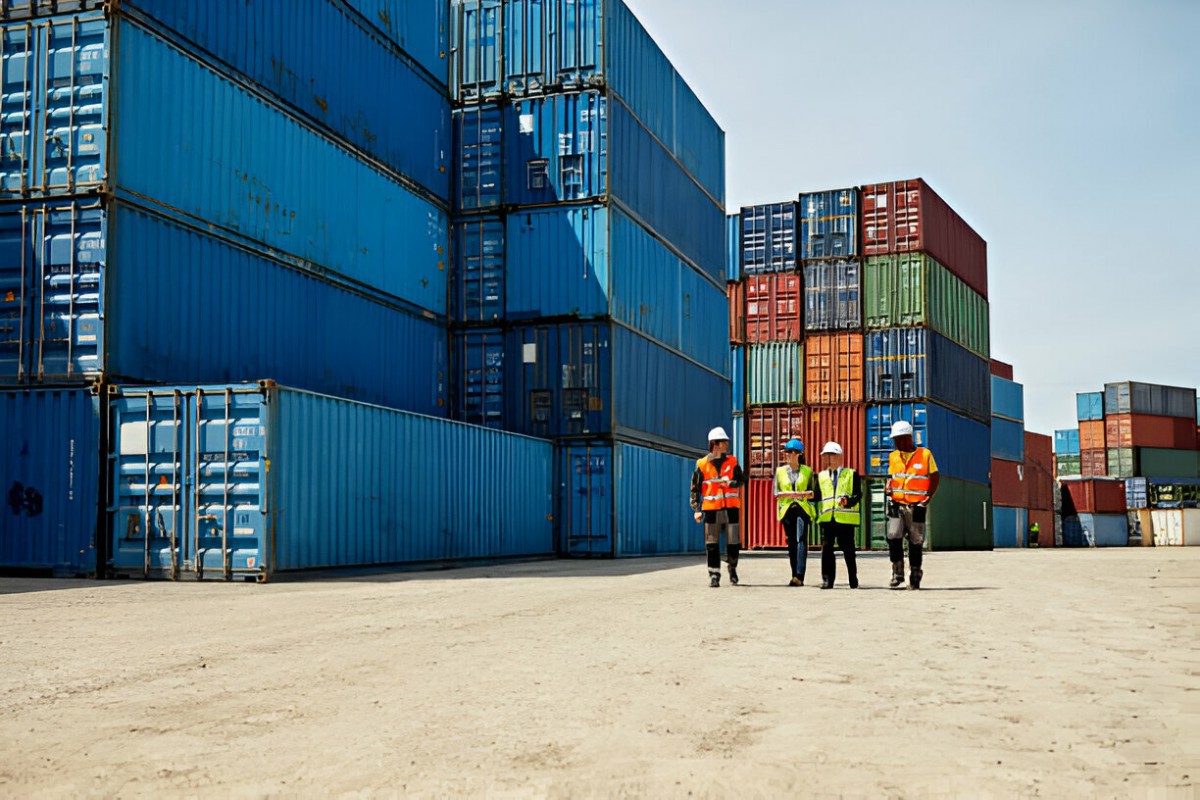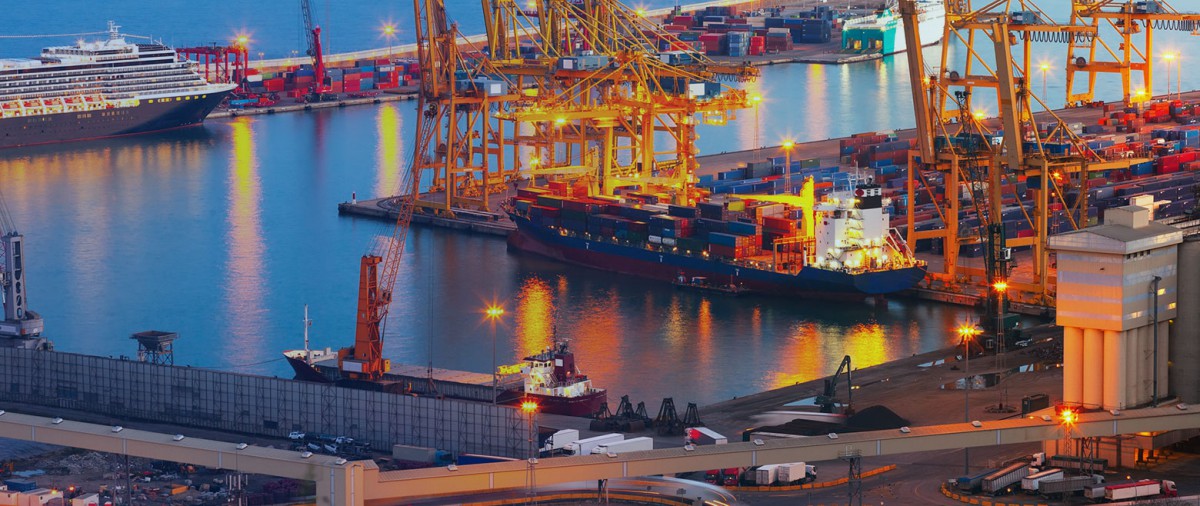Industrial cargo, a vital part of the global supply chain, encompasses large, heavy, or high-volume goods that are usually transported for manufacturing, construction, or other industrial needs. From machinery and equipment to raw materials, shipping these items requires specific logistics to ensure efficiency, cost-effectiveness, and safety. In this article, we’ll delve into the types of industrial cargo, explore transport methods, and identify cost-effective strategies for optimal shipping.
Top Strategies for Cost-Effective Industrial Cargo Shipping
1- Types of Industrial Cargo
Industrial cargo is classified into various categories based on the nature, size, and handling requirements of the items being transported. Here’s a comprehensive look at the main types of industrial cargo:
Bulk cargo consists of large quantities of unpackaged goods that are transported in large containers or vessel holds. This category is divided into dry bulk (like coal, grains, and ores) and liquid bulk (such as oil, chemicals, and liquid natural gas). Bulk cargo typically requires specialized bulk carriers, and loading and unloading involve equipment like conveyor belts or pumps.
Breakbulk cargo includes goods that are packed individually, rather than in containers, but are larger than typical parcel shipments. Items like steel beams, lumber, heavy machinery, and construction materials fall into this category. Breakbulk shipments are often handled with cranes or forklifts and may be loaded directly onto vessels or trucks. This type of cargo is suited for items that are difficult to containerize due to their size, shape, or weight.
Container cargo refers to goods packed into standard containers (usually 20- or 40-foot) that can be easily transferred across multiple modes of transport, like ships, trains, and trucks. Containerization simplifies handling, reduces shipping costs, and improves security by limiting exposure to the elements. Industrial container cargo can include anything from automotive parts to electronics and machinery components, making it a popular choice for transporting diverse types of industrial goods.
Raw materials such as metals (steel, aluminum), minerals, wood, and chemicals are the building blocks of industrial production. These materials are often transported in bulk, requiring specialized carriers and handling to ensure safety and cost-efficiency.
This includes large, heavy-duty machinery, often used in construction, mining, and agriculture, such as excavators, cranes, and drilling machines. Due to their size and weight, these items are typically transported on specialized vehicles like flatbeds or lowboys.
Project cargo includes oversized, heavy, or complex shipments typically associated with major construction or infrastructure projects. This can range from large industrial facility components to parts of power plants and oil refineries. Such shipments require meticulous planning, often involving multiple modes of transport and unique handling needs.
Perishable industrial goods, such as certain chemicals or food-grade products, require temperature-controlled environments to maintain quality. Transporting these items typically involves refrigerated containers, also known as "reefers," to ensure temperature stability throughout the journey.
This category includes various parts for vehicle manufacturing, such as engines, body panels, and other essential components. The timely and safe arrival of these parts is crucial for maintaining production lines, often requiring containerized or specialized transport.
Hazardous materials, including chemicals, gases, and flammable substances, demand strict regulatory compliance and special handling due to safety risks. Specialized containers, safety protocols, and certifications are essential for moving hazardous cargo.
Selecting the right transport method for industrial cargo is essential for cost-effectiveness and efficiency. Each mode has unique benefits, and often, a multimodal approach is used to streamline the process.
Ideal for large quantities of industrial cargo, sea freight is a cost-effective option for long-distance, international shipments. Using container ships, cargo can be transported in 20- and 40-foot containers, bulk carriers, or Roll-On/Roll-Off (RoRo) vessels for wheeled cargo. Sea freight is often the preferred option for raw materials, heavy machinery, and bulk items due to its cost-efficiency for high-volume shipments.
Rail transport is another economical choice for large or heavy cargo, especially for domestic or intra-continental shipments. It provides a reliable solution for bulk materials, heavy machinery, and long-haul shipments, with rail networks allowing for seamless connections to ports and intermodal hubs.
Though more expensive than other methods, air freight offers speed, making it suitable for time-sensitive shipments, high-value equipment, and perishable goods. For instance, urgent spare parts or electronics often use air transport, despite the higher cost, as it significantly reduces delivery times.
Road transport is essential for last-mile delivery, providing door-to-door service. Trucks and trailers, including flatbeds and lowboys, are commonly used for industrial cargo within regions or for connecting other modes like rail or sea. This mode is flexible, making it ideal for cargo that requires specialized handling or routing.
Often, a combination of these methods, known as multimodal transport, is utilized for cost-effective and efficient cargo shipping. For example, a shipment might start with sea freight from one continent, move by rail to a regional hub, and be finalized with road transport. This integrated approach optimizes both costs and transit times.
Ensuring that industrial cargo shipping remains cost-effective while meeting requirements for timeliness and safety can be challenging. Here are some strategies to maximize cost savings:
Combining smaller shipments into a single, larger load can reduce costs, especially when using sea or rail transport. Consolidation minimizes the number of shipments, lowering overall expenses and allowing for more competitive freight rates.
Choosing the right packaging can reduce potential damage, especially for sensitive or hazardous cargo. Well-secured cargo also decreases handling time and insurance costs, saving money over time.
Partnering with experienced freight forwarders can simplify the shipping process and secure better rates. They leverage their networks to negotiate competitive prices and handle necessary documentation, saving time and resources.
Strategic route and mode selection are crucial. Multimodal options can offer savings by leveraging the strengths of each mode, balancing costs, and transit times based on cargo type and delivery requirements.
Utilizing digital tools for tracking, route optimization, and real-time communication can improve efficiency, reduce delays, and lower costs. Many companies now use Transportation Management Systems (TMS) to streamline operations and manage shipments more effectively.
Establishing long-term agreements with carriers can provide more favorable rates and ensure capacity during peak seasons. Additionally, buying transport services in bulk can often result in discounts, contributing to cost savings.
Shipping industrial cargo involves navigating various logistical challenges, from selecting suitable transport modes to ensuring safe handling and optimizing costs. By understanding the types of industrial cargo and exploring available transport methods, companies can make informed decisions that enhance efficiency and minimize expenses. Using consolidation, multimodal strategies, and leveraging digital tools are some of the best practices that can turn shipping operations into cost-effective processes, supporting business growth and ensuring timely delivery.

